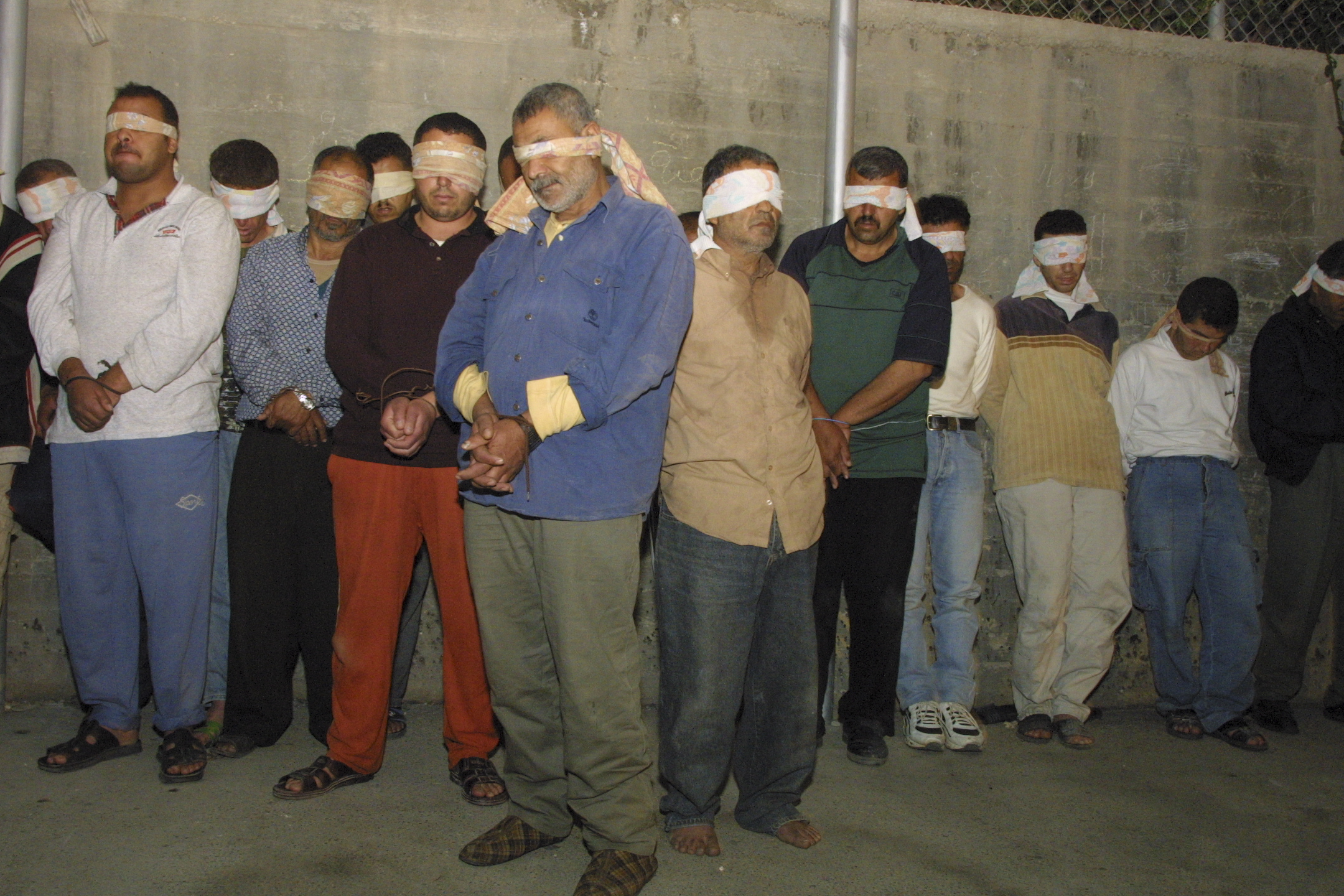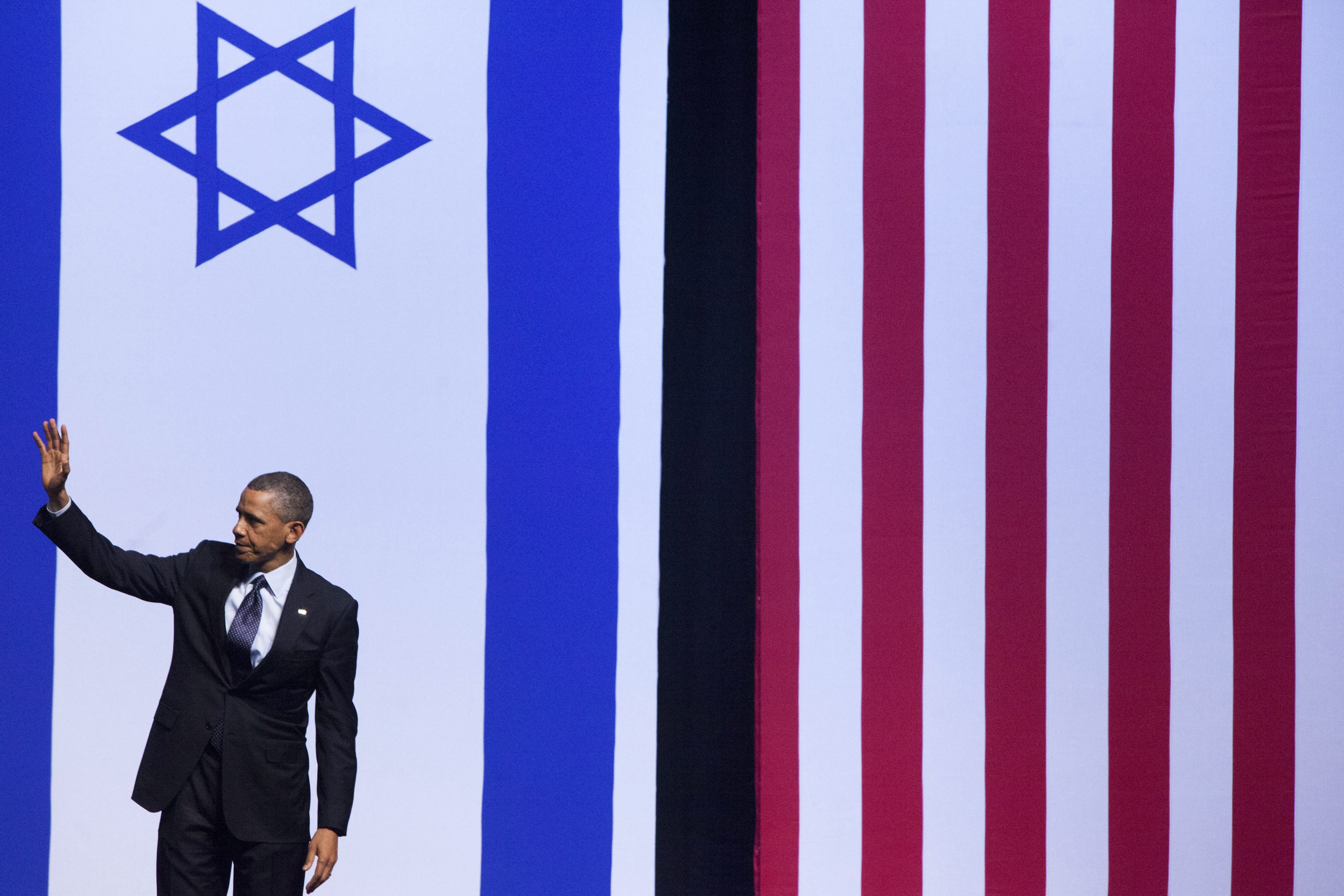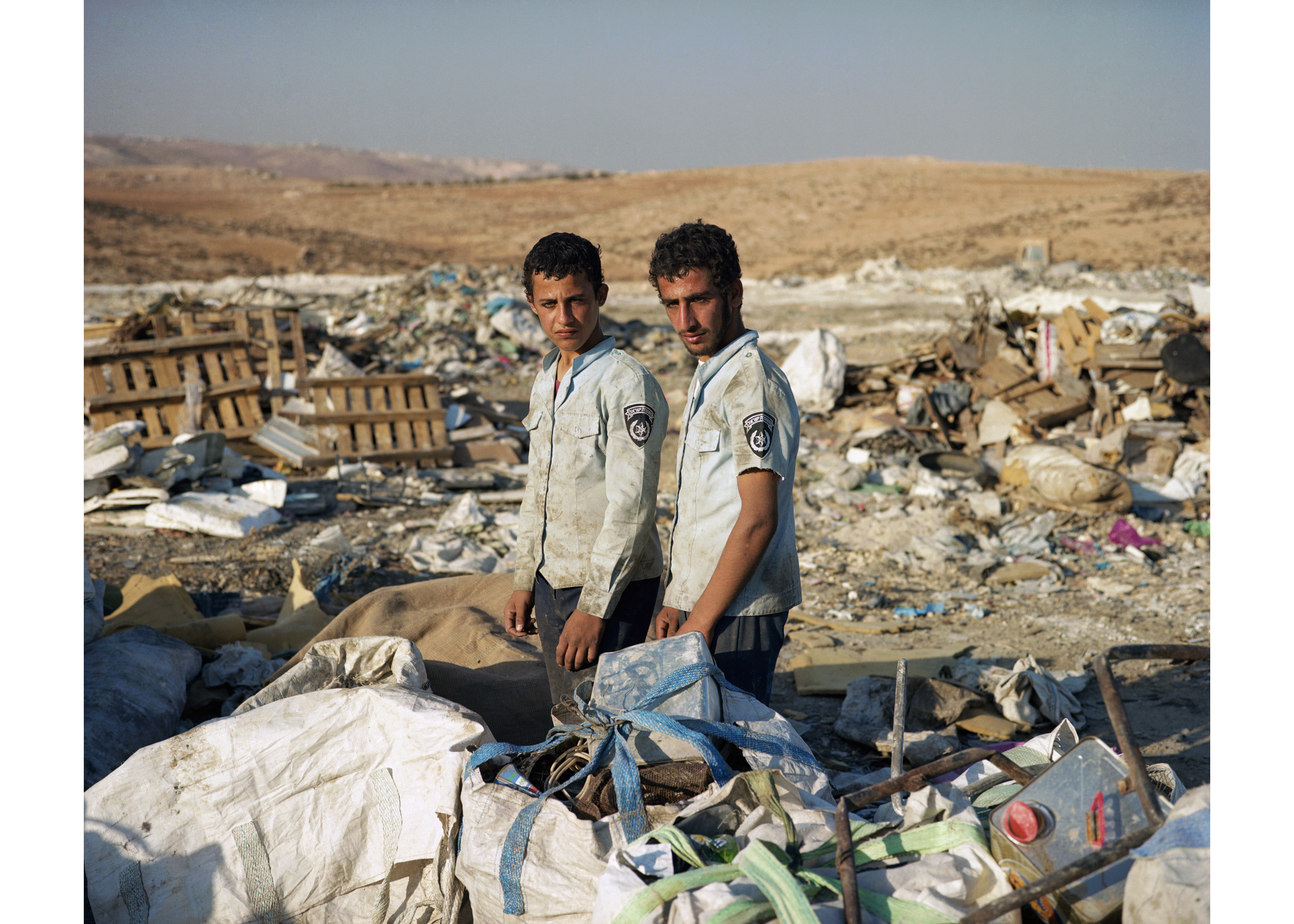Image above: © Eilyahu Hershkovitz / Courtesy of Ronald Feldman Fine Arts, New York
Ronald Feldman Fine Arts presented To Whom It May Concern, images from the Haaretz newspaper vault in collaboration with the New Israel Fund (NIF). As a dominant liberal voice, the English/Hebrew publication culls from over fifty photojournalistic digital prints from 2000-2015, chronicling internal frictions within Israel, and are categorized into five distinct themes.
Thematic highlights gravitate our attentions to the politics surrounding issues such as; State and Religion, Attitudes Towards “The Other” (i.e. Ethiopian Jews, Israeli Arabs and other North African immigrants), Erosion of Law, Economic Gap and The Israeli-Palestinian Conflict and Occupation—a focal point routinely featured by Haaretz, documenting Palestinian lives in the West Bank and Gaza, in their column The Twilight Zone.
To Whom It May Concern echoes Haaretz and the NIF’s mutual political stance and hope for the state: The continuation of Israeli occupation and settlements within non-Israeli territories will hinder a full-realization of Zionism; combined with the NIF’s aims for universal recognition and access to social and political rights, guaranteeing equality for all residents as originally outlined by the nation’s founders.

Image above: © Pavel Wolberg / Courtesy of Ronald Feldman Fine Arts, New York
As one embarks through the complex narrative of Middle-Eastern politics, an NIF postcard sets the stage for each topic. NIF forms of correspondence are accompanied by the fund’s stance on the issue and demand a call to action. The advocating postcards connect with the cause through varied pluralistic, national organizations (i.e. B’Tselem, Women of the Wall, Mossawa, African Refugee Development Center (ARDC) and Association for Civil Rights in Israel (ACRI) just to name a few).
Nir Kafri’s image of the Balata refugee camp opens the exhibit in the foyer—makeshift dwellings stacked atop and interwoven amongst one another mise en abyme. Traversing to the South Gallery, Haaretz journals grace the wall, headlining pivotal historic events dating from Prime Minister Yitzhak Rabin’s assassination in 1995 to Netanyahu’s negotiations for a new government in the spring of this year. These front-page clippings provide additional context to moving images and their implications for an area steeped in ongoing tension. The crux of the South Gallery spotlights the sensitive subject matter of ending the Palestinian occupation.

Image above: © Emil Salman / Courtesy of Ronald Feldman Fine Arts, New York
Meanwhile, the North Gallery explores the remaining four themes. Emil Salman’s photograph of Ultra-Orthodox Jews’ protest against newly enacted laws requiring military service. An Orthodox Jew stands above the dissident crowd of his peers with a sign declaring “War Against Religion.” To contrast, Gil Cohen-Magen documents celebrations at a same-sex wedding ceremony (still illegal in Israel) in Modi’in.
“The Other” is explored using images from police and protestor clashes relating to racial discrimination. Tomer Appelbaum captures Ethiopian-Israelis demonstrating along Tel Aviv’s Ayalon Highway in the wake of a police assault of an Ethiopian-Israeli soldier. The protest turned violent with over 50 injured in total. Compounding with sentiments towards “the others,” Israel’s disparity of wealth is brought to our purview with stark glimpses into the living conditions of the country’s refugees. Daniel Bar On delivers a play yard serving as a makeshift camp for African asylum seekers. Bed-stuffs, remnants of belongings, trash scattered on the grounds contrast with the bright playground equipment, now morphed and revised in utility, as crude living quarters for a mass of nomads in search of safety. On the other hand, Eliyahu Hershkovitz captures asylum seekers united and detained at their post for a designated service of time. It’s a lineup en masse of indistinguishable silhouettes along the controversial Holot Facility fence.
Adulteration of law is showcased with images from varied high-publicity cases. Tali Mayer captures Ehud Olmert, former Prime Minister, standing in the foreground against an ironic halo—a circular window in the courtroom—as he seeks to appeal the verdict in the Holyland Corruption Case. Olmert was convicted of accepting bribes in exchange for approving Holyland construction in Jerusalem while he served as city mayor.

Image above: © Nir Kafri / Courtesy of Ronald Feldman Fine Arts, New York
The bulk of the remaining photos are compiled snapshots, a bitter scrapbook from The Twilight Zone series. There’s Pavel Wolberg’s poignant photo of an Israeli soldier attending to a Palestinian woman injured during protests post Ariel Sharon’s visit to the Al Aqsa Mosque, a catalyzing force for the Second Intifada. Or, Alex Levac’s image of Palestinian families trekking along a graffiti-tagged portion of the West Bank Separation Wall dividing Palestinian neighborhoods. Their nomadic plight compounded by the presence of their reflection in the dirty waters pooling at the foot of the wall. And there’s Pavel Wolberg’s shot of a Palestinian boy in Gaza, angrily and autonomously firing rubble at the IDF.
The exhibit’s salutary namesake, To Whom It May Concern, invites an anonymous collective gaze to simply pause. Yes, this means you. If you’re ready, if you’re willing—stop and take note. Observe. This is a visual historical narrative, culminating into a dissection of contentious issues affecting Israel—its past to today—served to us in palatable images. As British playwright Sir Tom Stoppard said, “If your aim is to change the world, journalism is a more immediate short-term weapon.” Armed with this notion, Haaretz is aiming for real change in Israel, for its people and the future that can exist when we learn to yield to tolerance and compassion.


